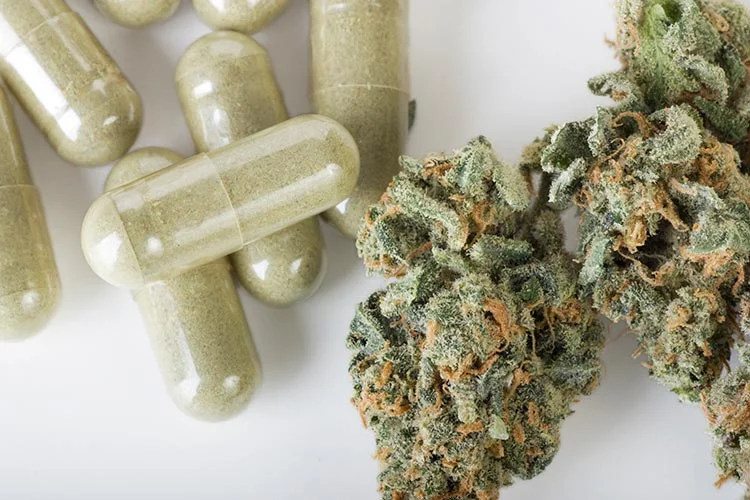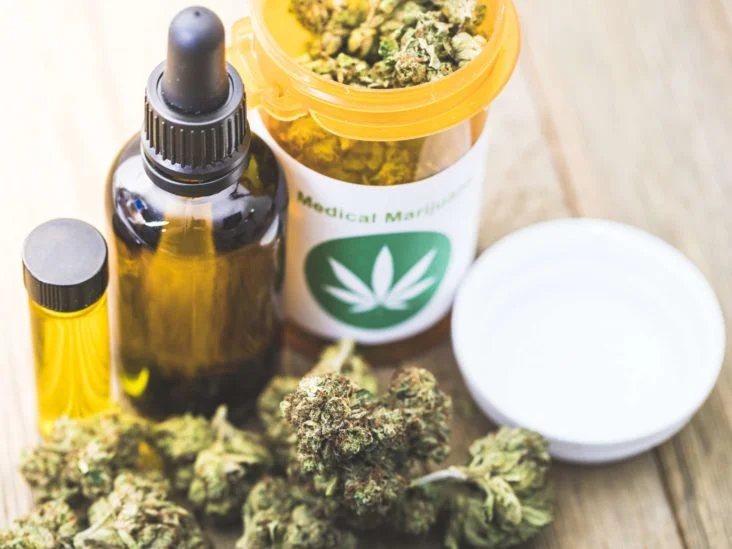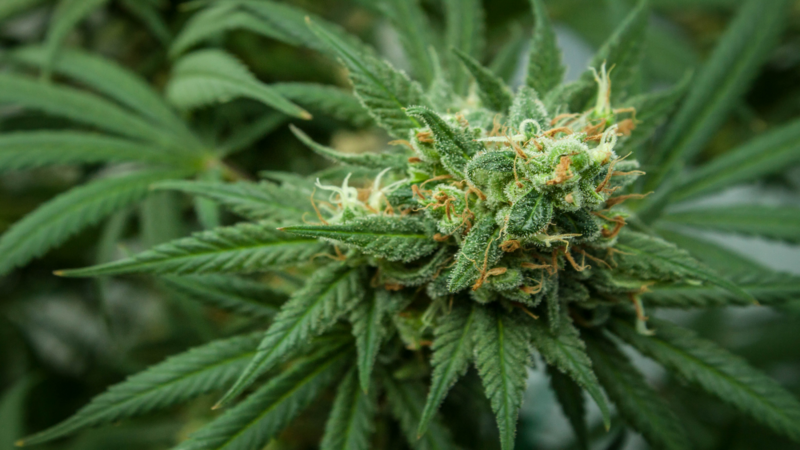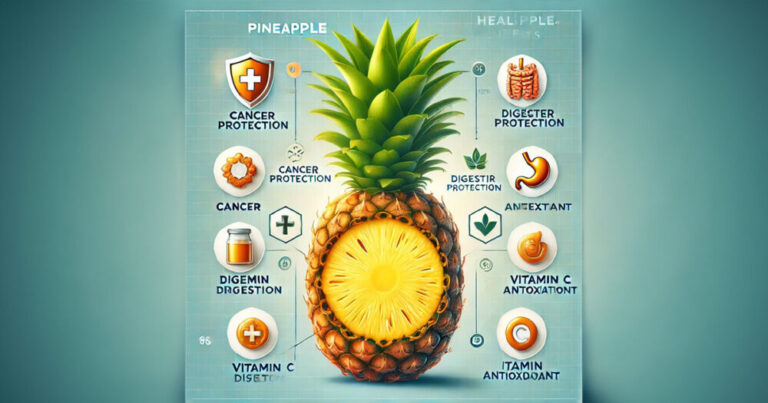The engagement of youth with cannabis and drugs is a complex issue that demands a comprehensive understanding of the underlying factors. While it is essential to approach this topic with empathy and recognize individual differences, exploring the common factors can shed light on why some youth are drawn to cannabis and drugs. By delving into these factors, we can gain insights into the challenges faced by youth and develop effective strategies to prevent and address substance abuse.
This article aims to provide an in-depth analysis of the factors influencing youth engagement, including peer pressure, social and environmental factors, personal motivations, mental health factors, and societal influences
Peer Pressure and Social Influence for cannabis
1.1. Desire for Acceptance and Belonging:
During adolescence, the need for social acceptance and belonging is strong. Peer pressure can significantly impact a young person’s decisions, including whether to engage with cannabis and drugs. The fear of being excluded or ridiculed can push some youth to experiment with substances to fit in or gain social validation.
1.2. Influence of Peer Networks:
The influence of peer networks plays a crucial role in substance use among youth. If peers engage in drug use and normalize it, the likelihood of experimentation increases. Youth may perceive drug use as a way to establish or maintain social connections, which can lead to a cycle of substance abuse.

Social and Environmental Factors
2.1. Availability and Accessibility:
The availability and accessibility of cannabis and drugs contribute to their use among youth. Factors such as proximity to drug-selling areas, ease of obtaining substances, and exposure to drug-related activities can make it more likely for young people to experiment with drugs.
2.2. Familial Influences:
Family dynamics, parental attitudes, and substance use within the family can influence youth engagement with cannabis and drugs. Growing up in an environment where drug use is prevalent or where substance abuse is not adequately addressed can increase the likelihood of youth experimenting with drugs.
Personal Motivations and Coping Mechanisms to intake cannabis
3.1. Self-Exploration and Risk-Taking:
Adolescence is a time of self-discovery and exploration, and some youth may experiment with substances as part of this process. Seeking new experiences, taking risks, and challenging boundaries are normal developmental aspects that can lead some young people to try cannabis and drugs.
3.2. Coping with Stress and Emotional Difficulties:
Some youth turn to cannabis and drugs as a way to cope with stress, emotional challenges, or mental health issues. Substance use may temporarily alleviate feelings of anxiety, depression, or low self-esteem, leading to reliance on drugs as a coping mechanism.

Mental Health Factors
4.1. Co-Occurring Disorders:
There is a strong correlation between substance use and mental health disorders among youth. Conditions such as anxiety, depression, attention-deficit/hyperactivity disorder (ADHD), and trauma-related disorders can increase the vulnerability to engage in drug use as a means of self-medication or escape from emotional distress.
4.2. Self-Medication:
Youth experiencing mental health challenges may turn to cannabis and drugs as a form of self-medication. The temporary relief provided by substances can create a cycle of dependency and exacerbate underlying mental health issues.

Societal Influences and Perceptions
5.1. Media Portrayal:
The media’s portrayal of drug use, particularly in movies, music, and online platforms, can shape the perceptions of youth. Glamorized depictions of substance use can contribute to the normalization and desensitization of drug-related behaviors.
5.2. Cultural and Societal Norms:
Cultural and societal norms surrounding drug use can influence youth engagement. Factors such as cultural acceptance, misconceptions about drug safety, and perceived societal benefits of drug use can shape attitudes and behaviors among young people.

Youth engagement with cannabis and drugs is influenced by a complex interplay of factors, including peer pressure, social and environmental influences, personal motivations, mental health factors, and societal influences. Understanding these factors is crucial for the development of effective prevention and intervention strategies. By addressing the underlying causes and providing alternative support systems, we can empower youth to make informed choices and lead healthier lives. It is vital to foster supportive environments that promote positive relationships, resilience, mental health awareness, and education about the risks and consequences of substance abuse
(Disclaimer: The information given here is based on general information. Before adopting it, definitely take medical advice. THE MONK does not confirm this.)
































